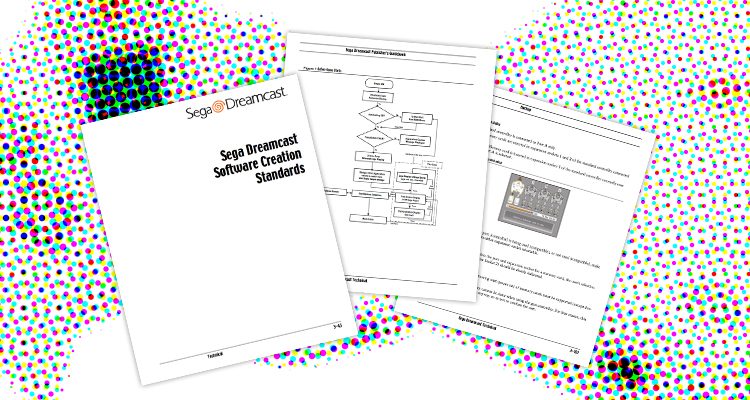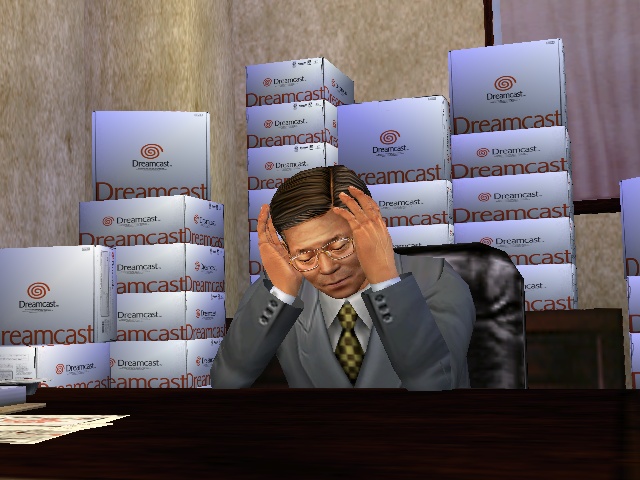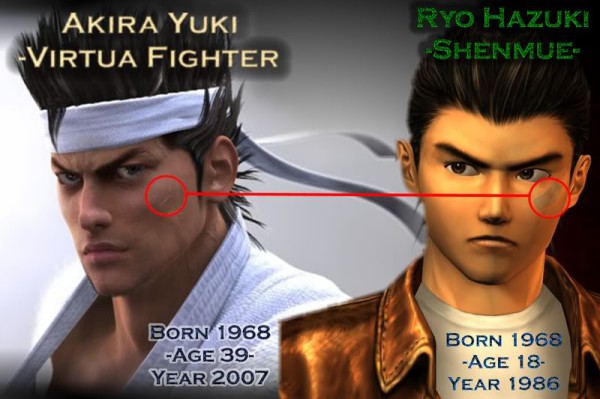Sega Dreamcast Software Creation Standards Guidebook made available for public download
Via The Dreamcast Junkyard comes a cool bit of behind the scenes history on SEGA’s final home console. The Sega Dreamcast Software Creation Standards Guidebook was sent to the site by an anonymous former Dreamcast developer, and features 136 pages of standards set by SEGA for the development of software for the Dreamcast. While the document is a bit dry in how it presents information, there is some cool pieces of information contained within. For example, the document instructs developers how to hide the pause menu and which controller ports should allow the use of the keyboard. The rules contained within answer why so many different games from different teams have the same button combinations and features.
For more information, check out The Dreamcast Junkyard’s article here and download the full PDF here.



